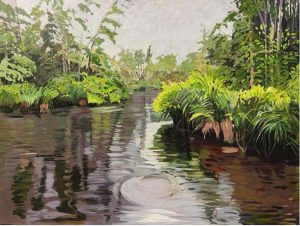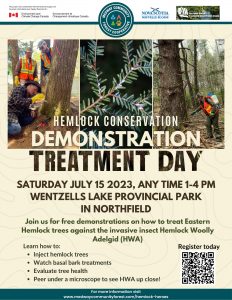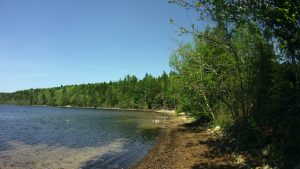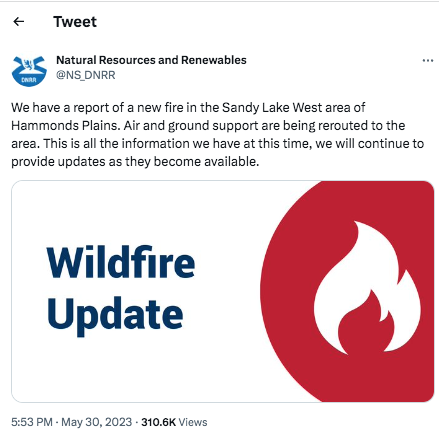
Top: View of Northern edge of a large wetland in Bedford West subarea 12; it lies on a headwater stream for Sandy Lake. Bottom: Google map of the area Click on image for larger version
Initial Comments in reference to the request for public feedback on Case 23307 – Bedford West subareas 12 & 1 Special Planning Area. I have spent some time in this area as a retired Biology Prof/naturalist looking at the landscape and wetlands, and making some measurements of salt content of the surface waters in relation to a broader assessment of the state of Sandy Lake and Environs begun in 2017 and ongoing as reported at www.versicolor.ca/sandylakebedford. My observations are made in support of the broad objectives of the Sandy Lake-Sackville River Regional Park Coalition, and of the Sandy Lake Conservation Association but are conducted and reported entirely independently of those organizations.
– David Patriquin
I submitted these comments to Dalih Salih, Senior Planner, HRM, cc to Kevin Neatt (V.P., Clayton Developments), NW Community Council, Sandy Lake Conservation Association, Sackville Rivers Association. View
Covering Letter
For Brevity, I refer to Bedford West subareas 12 & 1 as “BW12&1”
Some important features of BW12&1 and just downstream: Continue reading →







